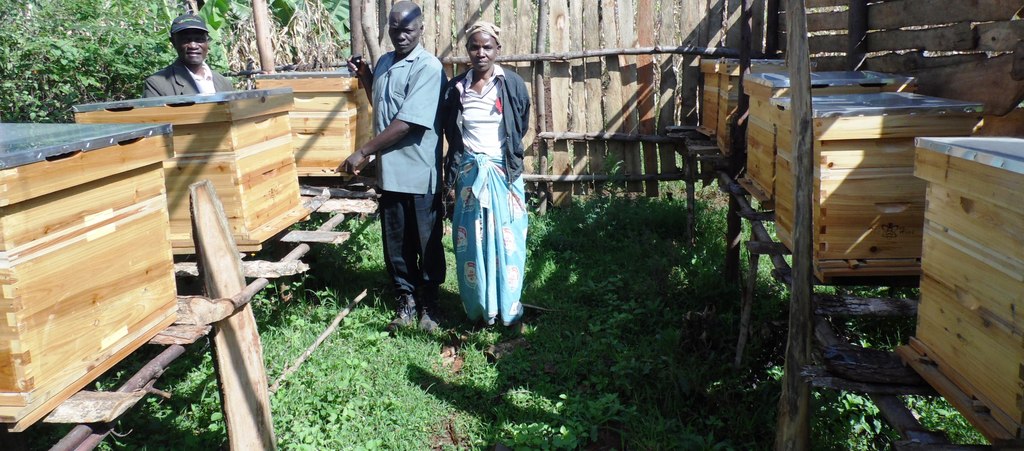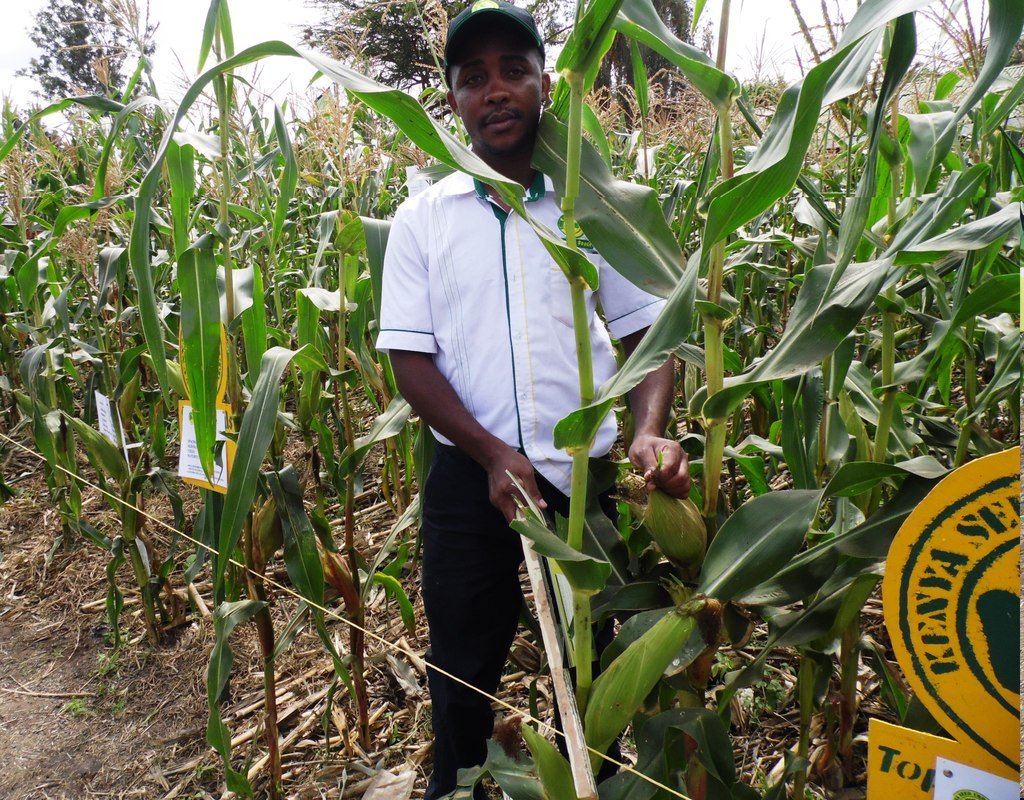Farmers with limited pieces of land can keep up to 20 hives within an area of about 240 square feet by constructing temporal structures a few metres from homesteads.
Bee rearing Nyabwaroro Self-help Group Chairman Ezekiel Ndege said the simple timber structures help in restraining animals and human beings from disturbing the bees besides maximising land usage.
One may require about a quarter an acre to raise 20 bee hives under trees and artificial sheds away from homes. But such a house will need only 0.0055 acres.
“A timber walled house with an iron sheet rooftop measuring 12 feet by 20 feet can host up to 20 Lonngstrath hives placed about three feet apart. The house reduces unnecessary human and animal contact with the bees as well as safety of the bees from thieves,” he said.
Keeping bees near home also reduces attacks from pests like snakes and other birds, which are prevalent in forest areas and along river banks.
Ndege, however, warns that the house must have openings to the rooftop to ensure that the bees exit vertically as they go searching for nectar.
READ ALSO: Centrifugal extractor saves farmers 30 per cent honey lost to past ways
In ordinary set ups, cows, goats, and other animals may rub themselves against trees holding suspended hives, therefore initiating attacks.
Bees are aggressive when they move horizontally. If they are obstructed during their movement into or out of the hives, they take offence. One sting triggers the entire stock to rise against the ‘intruder’ because of the smell of the venom.
Nyangaresi Nyamira, a member of another group who has set up 10 hives in a timber structure, said growing crops like Napier grass outside the houses helps in redirecting any bee that may be moving horizontally to the vertical direction.
“The timber protects objects that children may throw at the hives. Animals will only rub themselves against the walls of the house, without necessarily shaking the wooden boxes. This reduces the danger of attacks,” Nyamira said.
His 10 hives are housed in a timber structure that is less than 20 metres from his house at Borioba Village, Nyamira County.
Ndege said the structures are also effective in securing the hives from harsh environmental conditions such as strong wind, the sun and the rain.
Strong sunlight makes wax to melt while rain deteriorates the wooden boxes, therefore, reducing their life span.
The roof is 15 metres high, to allow for free air circulation and reduce warming up during hot days.
Nyamira is a member of Geturi Vision Women Group, which comprises 11 women and four men.
They are supported by World Vision and Nyamira County government.
PHOTO: FROM LEFT: Ezekiel Ndege, Nyangaresi Nyamira and his wife Kerubo at one of an incomplete bee-hive timberhouse house at Borioba Village, Nyamira County on August 14, 2016. Housing bees rmaximises land usage besides reducing aggression from the insects. PHOTO BY LABAN ROBERT.
For honey enquiries, Ndege can be reached on +254716338690
Write comment (0 Comments)


















